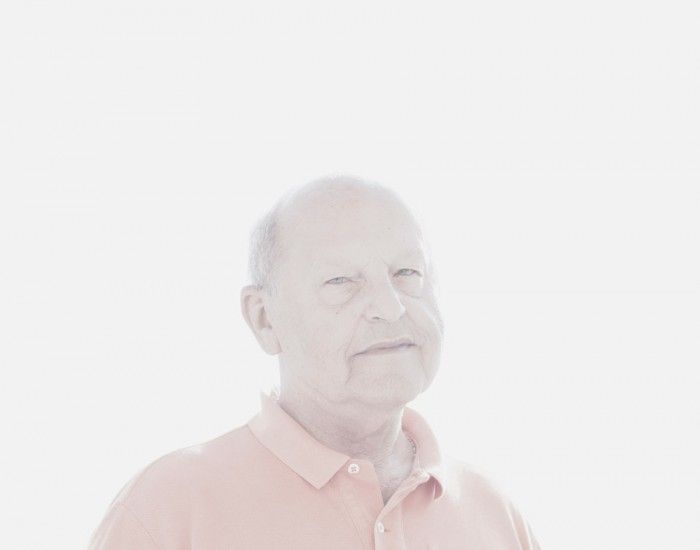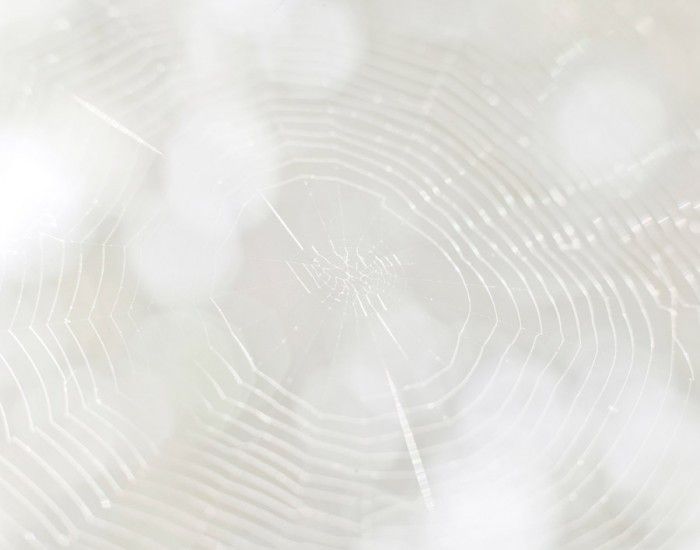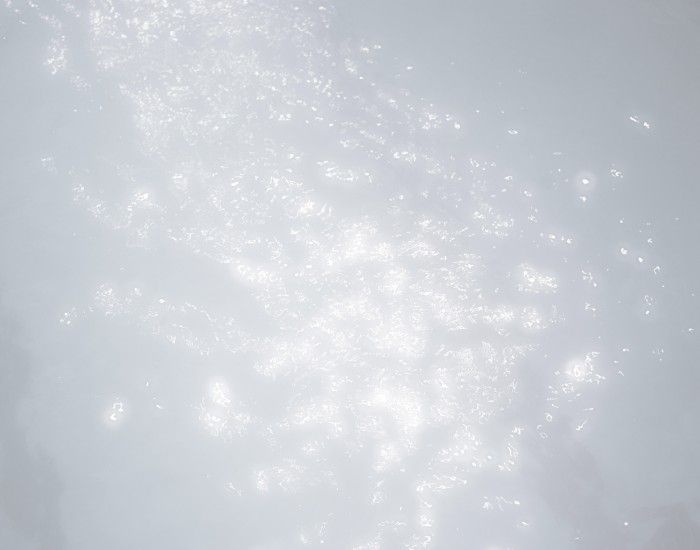blog
Interview with photographer Daniel Kovalovszky

Gabor Gaylhoffer
Cause of death: heart attack
(Lausanne, Switzerland, 1989)
F-Stop Magazine: How did you first become involved in photography and what led to you working in this medium as an artist?
Daniel Kovalovszky: Until the age of 16 I had been planning to train to be an instrument maker after graduating from secondary school, but when I came across my father’s old cameras and a photobook by Andre Kertesz, I immediately felt I had encountered something new and mysterious, which pushed me off the beaten track. I see photography as a medium which helps me to understand how I can get along in this world, and how the things that I allow to affect me can shape me from inside.
F-Stop: The Spring/New Beginnings Issue of F-Stop Magazine includes images from your project “Insiders”, can you tell us about this project? What led to creating it? Can you discuss your process for making these images or your creative process more generally? How did you find the people you photographed? How did you approach talking to them, did you have set questions?
DK: This series was a totally new experience for me, nothing like I had before. It was a kind of therapy. Clearly, it helped me immensely to understand life and myself. I lost my mother 6 years ago and I found it hard to move on. The only way I believed I could achieve some breakthrough in dealing with my loss was to talk about death with people who were close to it or had experienced it in some way. Taking images made up 30% of the process, while organizing and editing the texts accounted for the remaining 70%. It required a lot of preparing and resources. I used a digital camera which was quite unusual, as I have almost always used analog cameras ever since I started working on long term projects. In this series I mixed fiction with documentary elements. Finding the right people was the result of a year long research work, and also a matter of luck. Of course, many of them refused to talk about their experiences, which I respected. Those, however, who were able to understand the fact that is was a deeply personal project and the reason why it was important to me, were more helpful and willing to open up. We had long talks, some of them were several hour-long interviews but we covered a wide range of topics other than near death experiences. Among them life itself, which has been revalued and rearranged following their recovery. Of course I had some pre-prepared questions, but we invariably ended up having friendly conversations.

“…I could not identify them. They looked as if they were made of spider web. They were transparent. I only felt them smiling at me and a pleasant radiance approached me. All looked so familiar….”
F-Stop: What are you looking to capture in these photographs?
DK: Somehow I tried to convey the atmosphere of the mental images I had of these experiences with special moments and symbols in them. In the process I often felt that at this point photography was insufficient to tell their stories. What I wanted to create was a homogeneous, clear visual atmosphere so that nothing could shift the focus from the look in their eyes.
F-Stop: What do you hope people see or feel or perhaps learn when they look at your photographs?
DK: I’m delighted if my photographs make the viewers feel and think what I did while taking and editing the pictures, but I’m also happy if I inspire others to create something completely different.

The pool where Katalin drowned at the age of 13.
F-Stop: Do you have a favorite image in this series? If so, which one and why is it the image that speaks to you most?
DK: I don’t have a favorite one. All of them are important and indispensable for me. But this image (above) was the one of the first that helped me to identify my visual way, which tones I should use. There is a very moving story behind this image because this is the pool where Katalin drowned at the age of 13.
F-Stop: It is curious how you refer to these people’s experiences in your titles… like that Kaitlin drowned at age 13, I think of drowned as meaning the person is dead, but she is still alive right? or how you list cause of death for each person…. what is that about?
DK: Yes they are still alive but all of them were in clinical death, their brain and heart absolutely stopped for long minutes. They were “dead” and I’m sure what they felt,saw,experienced was not a kind of hallucination that’s why I wanted to list cause of death, it was important for me.
I’m sure they would have had more interesting stories if they had been dead for 10 years.:)
F-Stop: In your statement you mention that most of your disturbing questions got answers from this process and in talking with these people.. I am curious, what were some of these questions?
These answers weren’t so concrete. They gave me very personal answers.Of course I wanted to know what happens when we die?What happens with our soul or sense. Where are our loved ones,relatives who died earlier? Will we meet them somewhere if we die? Does reincarnation exist? Who decides about who can come back and who has to stay? How should we live and love others in this world? What is really important in life?
Anyway, the fact that my mom could be at a good place without pain and she still exists in her death was a kind of hope for me or even more.
F-Stop: Are you working on any other projects currently?
DK: Yes, or rather I’m preparing a new project, which will have a similar structure, but will be made with a different technique. I started working with a large format camera, which means quite a different approach, a much slower and more complex one. I’m planning to explore the concept of freedom and captivity in the next years in a more universal and conceptual way.
F-Stop: What photographers or other artists inspire you?
DK: I have been inspired by a number of artist, such as: Axel Hütte, Taryn Simon, Jose Gonzalez, Ferdinand Hodler, Bela Pinter and my family and friends as well. I find music, painting and the theater more inspirational than photography.
To see more of Daniel’s work: www.kovalovszky.com
Location: Online Type: Featured Photographer, Interview
Events by Location
Post Categories
Tags
- Abstract
- Alternative process
- Architecture
- Artist Talk
- artistic residency
- Biennial
- Black and White
- Book Fair
- Car culture
- Charity
- Childhood
- Children
- Cities
- Collaboration
- Community
- Cyanotype
- Documentary
- Environment
- Event
- Exhibition
- Faith
- Family
- Fashion
- Festival
- Film Review
- Food
- Friendship
- FStop20th
- Gender
- Gun Culture
- Habitat
- Hom
- home
- journal
- Landscapes
- Lecture
- Love
- Masculinity
- Mental Health
- Migration
- Museums
- Music
- Nature
- Night
- nuclear
- p
- photographic residency
- Photomontage
- Plants
- Podcast
- Portraits
- Prairies
- Religion
- River
- Still Life
- Street Photography
- Tourism
- UFO
- Water
- Zine

Leave a Reply